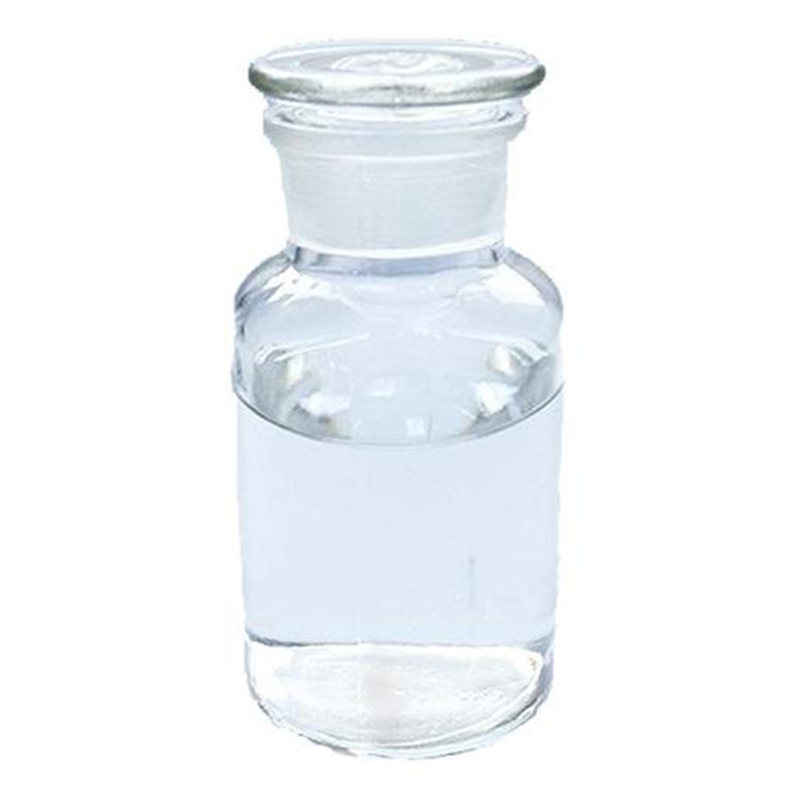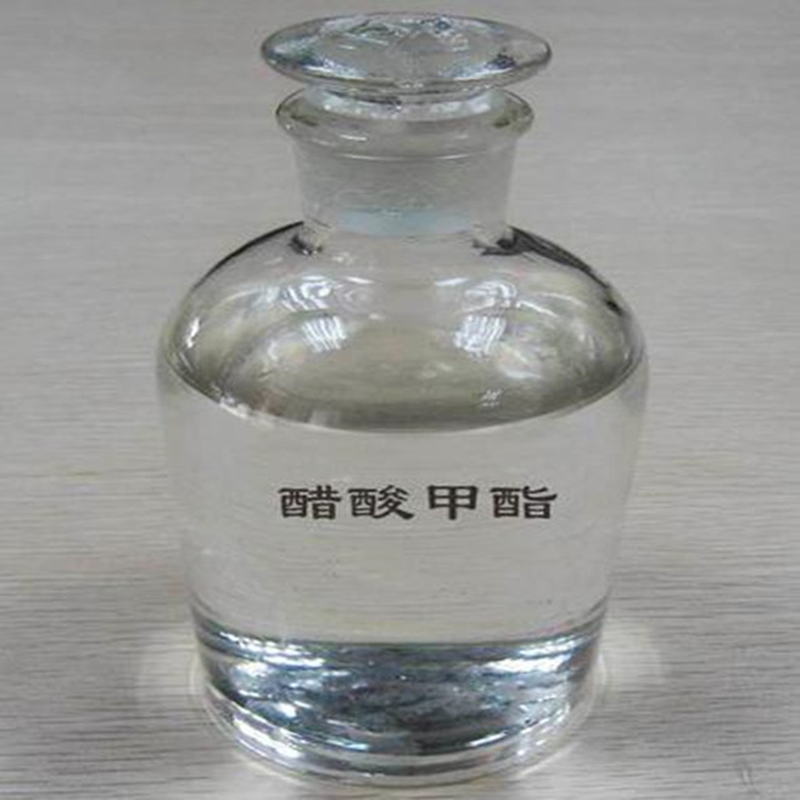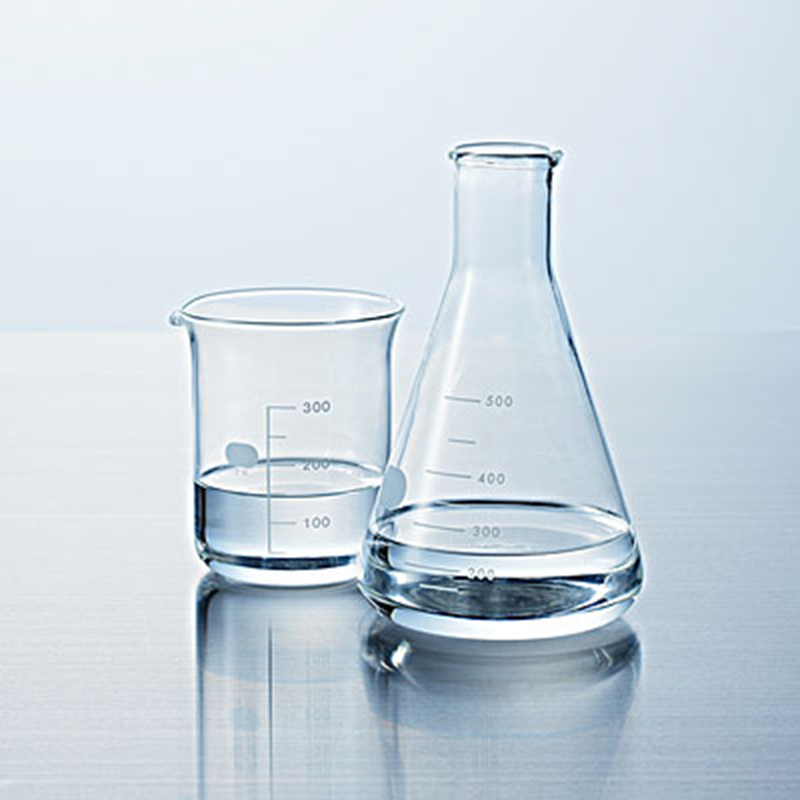
Dimethyl sulfate
Key words:
Dimethyl sulfate
Classification:
- Details
-
dimethyl sulfate
Dimethyl sulfate, organic compound, colorless or slightly yellow, oily flammable liquid with a slight onion smell, easily hydrolyzed into sulfuric acid and methanol at 50 ° C or alkaline water. Decomposes slowly in cold water. Combustible by heat, open flame or oxidant. Dimethyl sulfate is a reagent that methylates DNA. After methylation, DNA can be degraded at the methylation site.
Main purpose
Used in the manufacture of dyes and as a methylating agent for amines and alcohols. Analytical reagent. Organic synthesis, methylating reagent. Solvent. Its vapor is highly toxic and has been used as a war gas. Used as a reagent for the determination of coal tar, used as a methyl substitution in organic synthesis.
physicochemical properties
Colorless or slightly yellow, oily flammable liquid with a slight onion smell. Molecular weight 126.14. Relative density 1.3322 (20 ° C/4 ° C). Melting point -31.8 ° C. Boiling point 188 ° C/open loop. Flash point 83.33 ° C. Spontaneous combustion point 187.78 ° C. Vapor density 4.35. Vapor pressure 2.00kPa (15mmHg 76 ° C). Soluble in ethanol and ether, solubility in water 2.8g/100ml. Easily hydrolyzed into sulfuric acid and methanol at 50 ° C or alkaline water. Decomposes slowly in cold water. Combustible in case of heat, open flame or oxidant.
Combustion products: carbon monoxide, carbon dioxide, sulfur dioxide.
Waste disposal
Use the incineration method. The waste is diluted and neutralized and then incinerated, and the sulfur oxides discharged from the incinerator are removed by scrubbers.
Laboratory destruction
In the laboratory, it can be diluted and then destroyed with ammonia water, and the reaction produces less toxic methylamine, dimethylamine and other substances
Fire extinguishing method
Firefighters must wear gas masks and full body fire suits. Extinguishing agents: mist water, carbon dioxide, foam, sand.
Invasion route
Mainly inhaled through the respiratory tract, but also through the skin.
Emergency treatment
First, quickly rescue the poisoned patient to a fresh place in the air, take off the contaminated clothes, wash the skin thoroughly, observe the stimulus responders for at least 24 to 48 hours, inhale oxygen in time, and give symptomatic treatment such as sedation, expectorant and antispasmodic drugs. When the eyes are contaminated, rinse thoroughly with normal saline or water as soon as possible, rinse with 5-10% sodium bicarbonate solution, and then use cortisone and antibiotic eye drops alternately. Early, moderate and short-term glucocorticoid therapy can effectively prevent pulmonary edema. Anti-infective and exposure or desensitization therapy is used for skin burns. Always be alert to the occurrence of delayed poisoning effects.
Poisoned patients should rest in bed absolutely, keep quiet, and observe the condition closely. Emergency treatment includes reasonable oxygen inhalation, bronchial soothing agents and cough and expectorant. The application of adrenal glucocorticoids should be early, moderate, and short-term; antibiotics should be given early, and sedatives can be given if necessary.
Dimethyl sulfate is used as a methylation reagent in organic chemistry. However, with the deepening of carbonate research, the application range of dimethyl sulfate is getting smaller and smaller, and it is believed that it will be completely replaced by non-toxic carbonate in the near future.
Leak emergency treatment
Quickly evacuate personnel from the spill-contaminated area to a safe area, and immediately isolate for 150 meters, strictly restricting access. Cut off the fire source. It is recommended that emergency personnel wear self-contained positive pressure breathing apparatus and anti-virus clothing. Do not directly contact the spill. Cut off the leak source as much as possible to prevent it from entering the restricted space such as sewers and flood ditches. Small leakage: absorb with sand, vermiculite or other inert materials. Large leakage: build a dike or dig a pit for containment; cover with foam to reduce vapor disasters. Transfer to a tanker or special collector with a pump, and recycle or transport it to a waste disposal site for disposal.
Hazardous characteristics
In case of heat source, open flame, oxidant, there is a danger of combustion and explosion. In case of hot topic, it can decompose violently, causing container rupture or explosion accident. Reacts strongly with ammonium hydroxide.
Leave A Message
More Products





